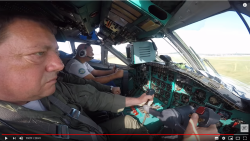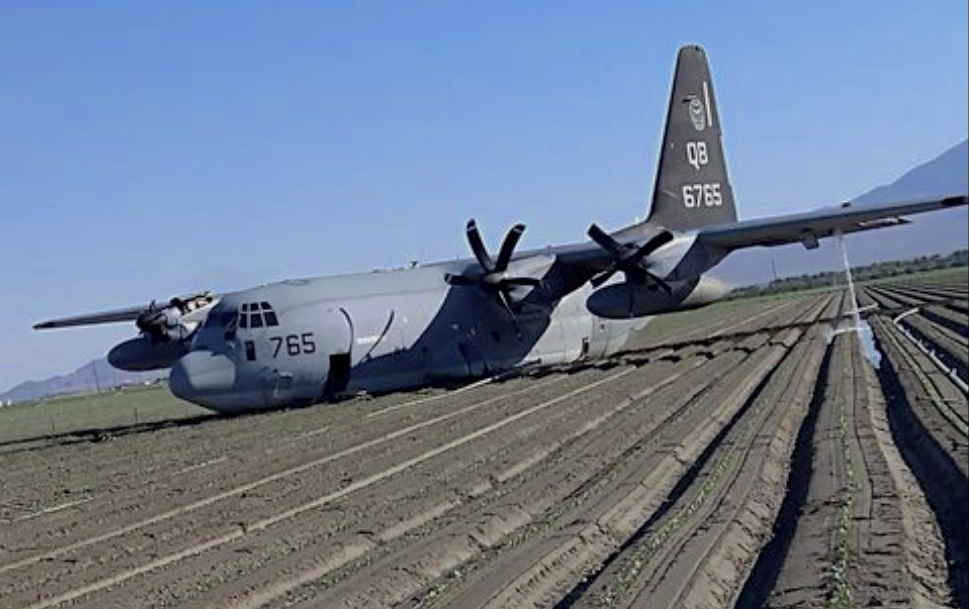jb747
Enthusiast
- Joined
- Mar 9, 2010
- Posts
- 13,486
And the compression fractures to boot. Don’t know where I read it but there was some anecdotal evidence that those who ejected have a far higher incidence of brain cancer later in life. One would assume something to do with the disruption of the spinal fluid.
Back issues for those who eject are very common. Don't know about brain cancer; I've never heard that comment before. Those from the non knuck world would probably argue that you can't get cancer in something that doesn't exist.
A couple of years ago, I created a contact list for all who'd flown the Aussie A-4s. It was never a long list, and we've lost a few lately. I was talking to an old A-4 mate just the other day, and he was saying that he'd recently spent some weeks in hospital after having back surgery, all related to his ejection back in '79. In his case, he was doing about 300 knots when he ejected....and 2-3 seconds later, he was in a full chute. The A-4 was one of the aircraft that had an explosively opened chute (aka ballistic spreader gun).
Are there many scenarios where pilots can even try to slow down before ejecting? I'd have thought if they get to the stage of considering ejecting, it's either do that ASAP and have say a 30% chance of dying, or not eject and have a 99.9% chance of dying.
Many ejections are premeditated. In the case of the Mirage, you were supposed to eject with any form of undercarriage malfunction. In the A-4, if you had tanks, you might be able to land on them, but otherwise it would be a walk home. So, you'd probably be able to fly to an area allocated for ejections, and then go out at an altitude and speed of your choosing. Many engine failure scenarios would allow you time to slow the aircraft. Loss of control cases, which are probably most ejections anyway, would tend to happen at slower speeds.
Those 10th's of seconds between ejection could be an eternity. While trying to look into this more I came across an F14 fatality where such a delay of 0.4 seconds meant the back set occupant survived but the pilot did not.
F-14A crashed on approach to USS Abraham Lincoln
That's quite a famous accident. Not so much because of the loss of the aircraft, but because of the sex of the pilot.
Thanks for that (I think). Not sure about when jb747 did his training but in my time (circa 1970) we all did a trial half charge ejection up a set of rails as part of our Aviation Medicine training.
That was good fun, though I suppose it could be a bit like having everyone you've ever met kick you in the backside at once.
Just to clarify one thing. Many aircraft, possibly most aircraft, don't have command ejection. The Macchi, Mirage, PC-9 and PC-21 as examples do not have it.
It was fitted in the TA-4, and I think it's ubiquitous across all USN aircraft. It was selectable. For our first few rides in the aircraft it was selected to the rear, but after we went solo it was moved back to front only. My A-4 manual doesn't include much TA-4 information, but I'm pretty certain that the rear seat would always fire if the front seat handle was pulled, irrespective of the position of the rear arming handle. That means that if you were doing a solo flight in the trainer, and had to eject, the empty rear seat would still fire.
Last edited:

















